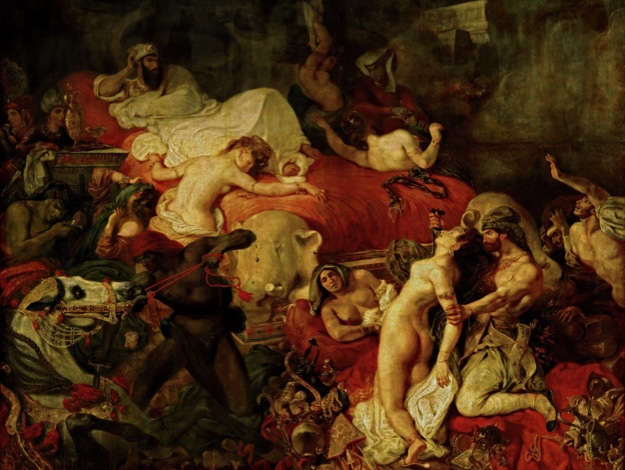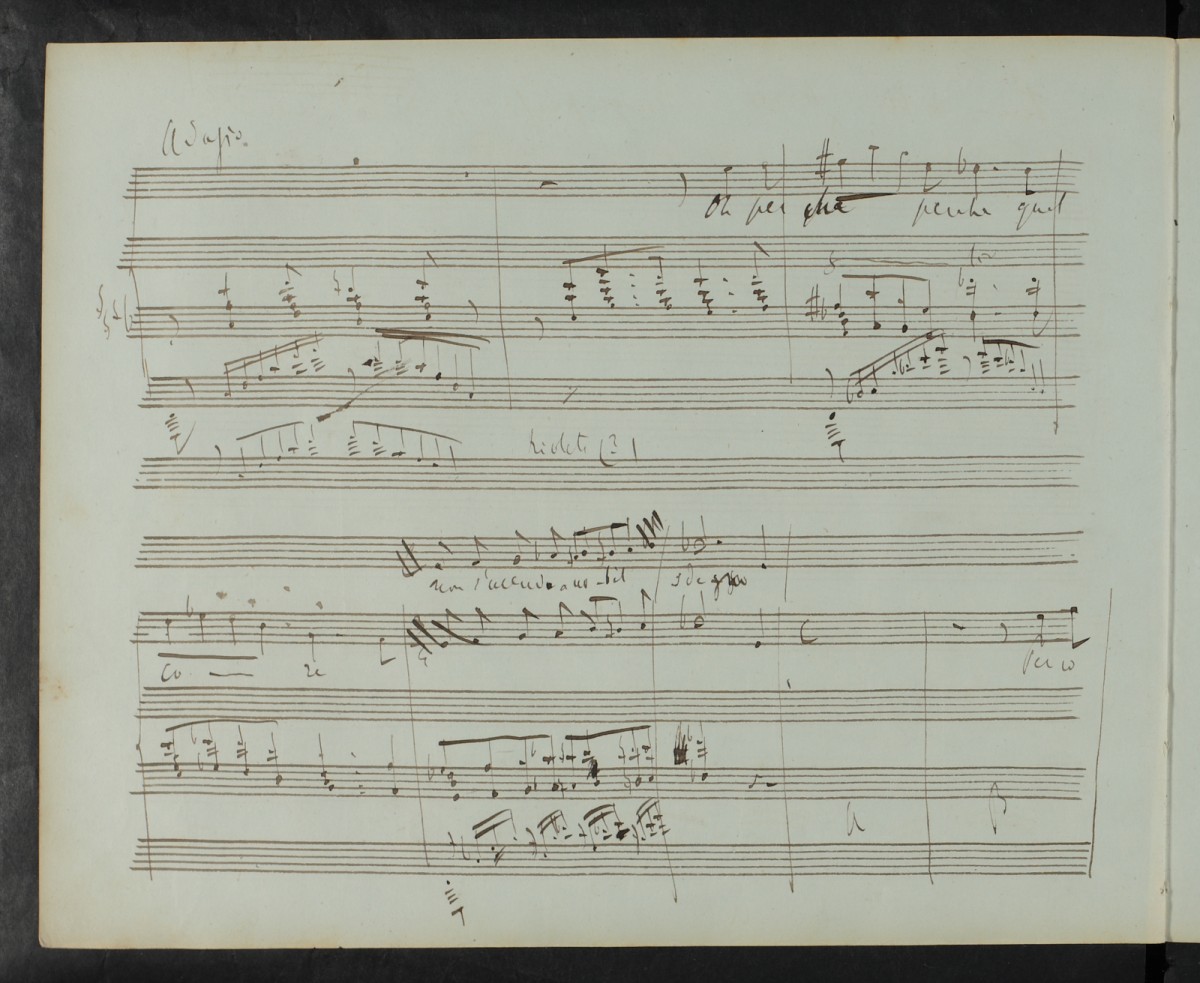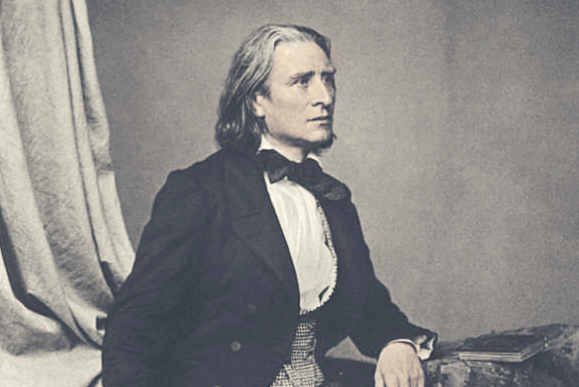The story behind Liszt’s unheard opera
Can we really take Franz Liszt seriously as an opera composer? David Trippett makes the case for the Romantic genius.
For most, he is still thought of today as the quintessential virtuoso pianist. And of course, in many ways he created the mould for a new kind of instrumental virtuosity, for pushing the boundaries of the sound images and poetic narratives that keyboard music could evoke. But he also composed at least 94 songs, many in multiple versions, and at the height of his fame as a pianist – the Glanzzeit of the early 1840s – he declared his intention to retire as a performer and transition to opera composer.
This early retirement plan was delayed for years (he would variously reiterate it to friends over the ensuing years), but goodness me he considered a lot of topics for his operas:
Richard of Palestine (Walter Scott); Le Corsaire (Byron), Consuelo (George Sand), Jankó (Karl Beck), Spartacus (Oscar Wolff), Inferno (Dante), Marguerite (Goethe), Jeanne d’Arc (Friedrich Halm) and Sardanapale (Byron), among others.

Delacroix’s painting, La Mort de Sardanapale (1827), which currently hangs in the Louvre, Paris.
We rarely hear of this ferocious drive, this sustained impulse within Liszt to compose opera. So what can we take from his scatter-gun approach to literary topics for the planned operas? I believe it relates to an ambition for musical narrative, what he referred to as ‘musical drama’. In short, it suggests Liszt’s desire to merge literature and music—the basic premise of symphonic poetry—was first kindled within the aesthetic potential of opera. Opera is the quintessential genre for telling stories; disregarding Don Sanche, a juvenile work of debatable authorship, Liszt’s Italian opera Sardanapalo (1851) is the only fruit we have of that desire.
Now that the music Liszt completed is available, it’s possible to hear his mature approach to opera, and to appreciate his musical ambitions in all their creative individuality and characteristic harmonic and melodic unfolding. Here’s a short aria:
For me, that’s why the publication of Liszt’s opera with Editio Musica next year is so exciting. That and the real possibility of hearing this music performed for the very first time, music that—it seems—had only existed previously in Liszt’s mind, and passed through his fingers on his Boisselot piano in the Blue room of his private quarters in the Altenburg in Weimar.
The only music that he committed to paper is that for Act 1 of the planned three-act opera. It lasts about 50 minutes, and he notated it between 1850-51, in a kind of hybrid piano-vocal / short score. Why did he abandon it? There are several possible reasons. On the one hand, Liszt was becoming immersed in Wagner’s aesthetic agenda, and Wagner’s brutally blunt anti-Italian rhetoric may have coaxed him away from interest in his Italian opera. But on the other hand, Liszt was arguably the most famous musician in Europe at the time, wealthy, and remained fiercely independently minded. The main reason he abandoned the score, I suspect, may have been purely pragmatic: he never received a revised libretto text for acts 2-3, and so could not set them.
The libretto (penned by an unnamed Italian poet and political prisoner) had given him considerable difficulty, and he needed his creative partner, Princess Cristina Belgiojoso, to revise and edit the text in accordance with his suggestions for dramatic re-shaping. She was heavily preoccupied with efforts towards Italian independence at the time (even to the point of hiring her own troop of mercenaries in Milan), and her collaboration with Liszt simply fell by the wayside.

GSA 60 / N4. Foto: Klassik Stiftung Weimar
When I first encountered the musical manuscript (above), it was clear that tiny portions of it could be read fluently. But it was full of spatial gaps, revisions, deletions, and some seemingly ‘missing’ passages. The task of deciphering and piecing this together, and of ascertaining what the musical conception was at the time – that was painstaking, slow work. After an initial transcription of the manuscript, I went through the score another 15 times or so, bar by bar, cross-referencing themes and ideas, rhythmic patterns and harmonic side-steps.
Several stages of revision are clear in Liszt’s manuscript, and by examining the different ink colours, and reading across the spatial gaps of the empty staves, it was possible to work out his various stages of revision quite precisely. Many accidentals and key signatures are missing, so these needed to be established carefully – often by process of elimination and by reference to Liszt’s contemporary musical language. Finally, several accompanimental patterns begin but then peter out, leaving the fully notated vocal lines above a set of vacant staves. On the face of it, this posed a real problem. But it became apparent that such ‘gaps’ only occur when Liszt sets up a standard accompanimental pattern, one that was evidently too obvious to belabour by writing out in full; on that basis, the editorial task was to ‘compose out’ the various forms of shorthand he left and write out the pattern in full that he had assumed, but felt unnecessary to notate.
These gaps, a casual approach to accidentals and metrical specificity, and the various forms of shorthand are not really that surprising when you consider he was writing this manuscript for his eyes only, i.e. he knew what he meant, and his musical memory was phenomenal; he only needed to notate what he felt wasn’t obvious. Unpicking this compositional process, and reverse-engineering the moments of creative decision making, if you like, has been utterly fascinating. Here’s a trailer for a forthcoming documentary:
The resulting music offers insight into his unique voice as maturing composer of opera. At 50 minutes, the surviving trace we have of this is brief but beguiling.
So the answer is: Yes, Liszt was not only a composer of opera, but one to reckon with.
